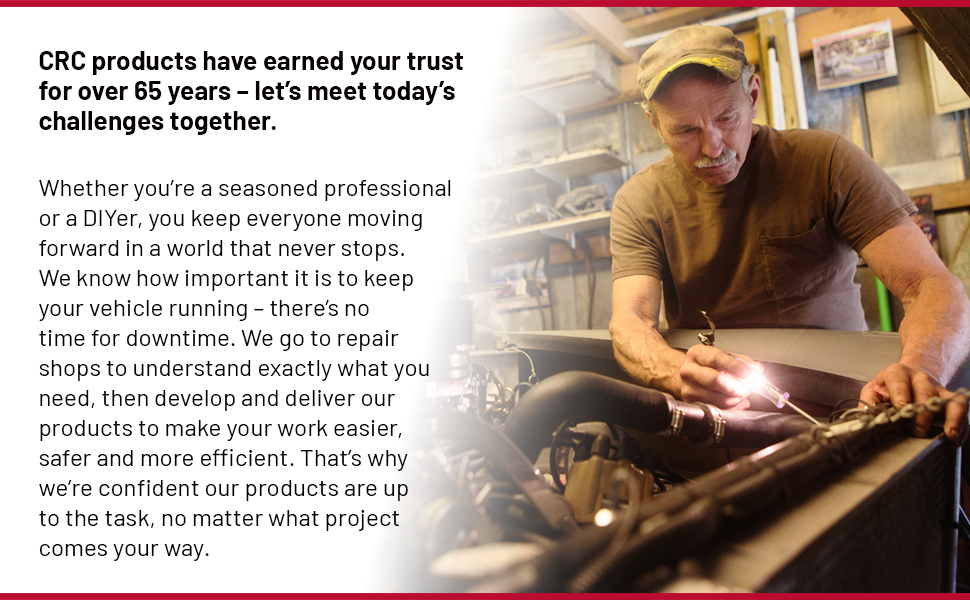






⚡ Clean Fast, Drive Faster: Unlock Your Engine’s True Potential!
The CRCGDI IVD Intake Valve & Turbo Cleaner is a high-performance engine maintenance solution designed to remove up to 46% of GDI intake valve deposits within an hour. Featuring the industry’s highest concentration of PEA detergents—150 times stronger than standard fuel additives—this product installs easily through the air intake system to clean both intake valves and turbo components, enhancing engine efficiency and longevity.




| Manufacturer | CRC |
| Brand | CRC |
| Model | 05319 |
| Item Weight | 15.2 ounces |
| Product Dimensions | 11.1 x 8.3 x 8.1 inches |
| Item model number | 05319 |
| Is Discontinued By Manufacturer | No |
| Exterior | Machined |
| Manufacturer Part Number | 05319 |
| Voltage | 12 Volts |